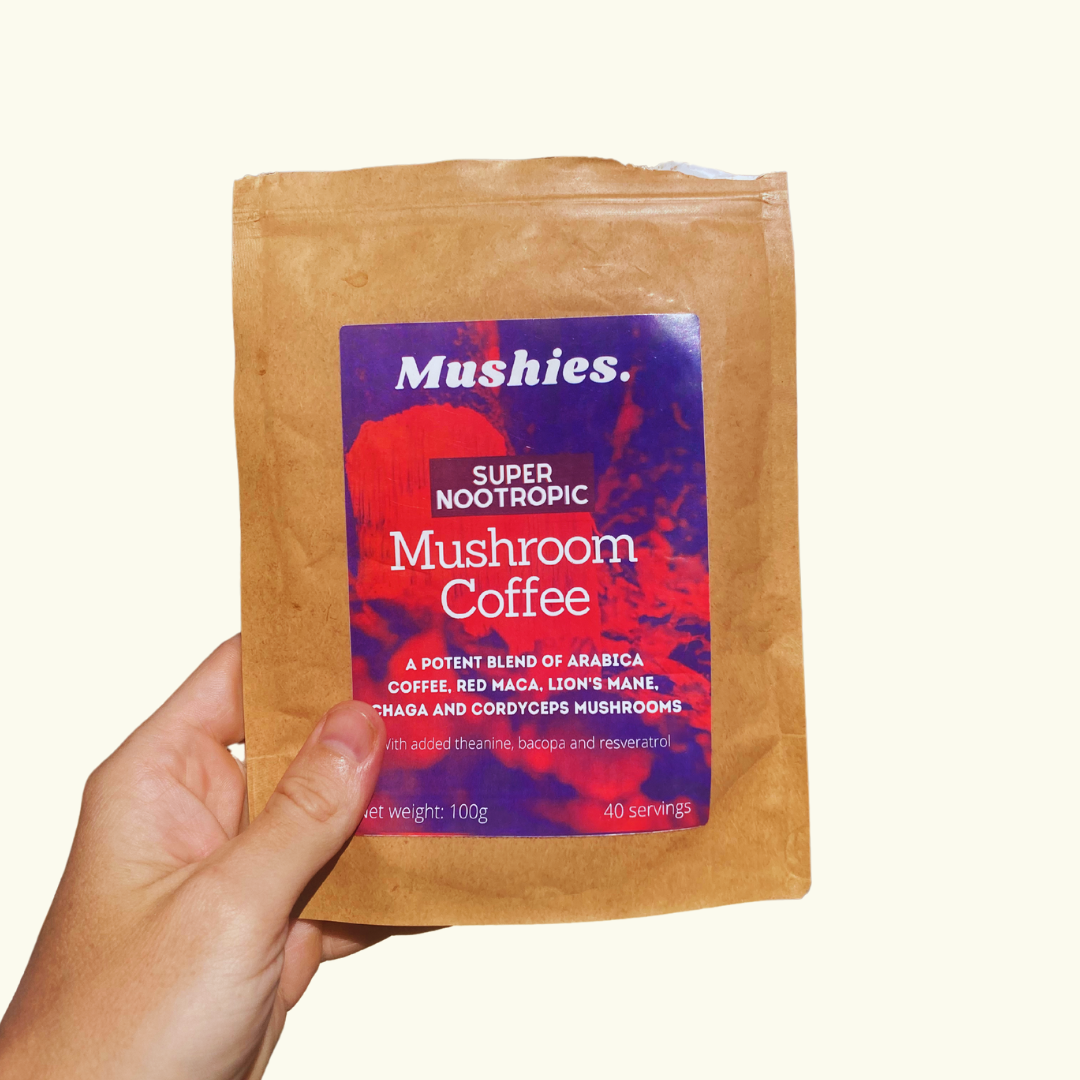You know about liberty caps, but what about wavy caps?
Wavy caps, scientifically known as Psilocybe cyanescens, are a species of psychedelic mushrooms that flourish in the wild landscapes of the United Kingdom.
With distinctly wavy, flat brown caps, these little wonders contain the potent psychoactive compound psilocybin, making them illegal to possess, cultivate, or sell under the Misuse of Drugs Act 1971.
This guide aims to educate enthusiasts and nature lovers on the characteristics of wavy caps, helping them distinguish these mushrooms from their non-psychoactive counterparts and ensuring they stay on the right side of the law ;)
What are Wavy Caps?
Wavy caps, or Psilocybe cyanescens, are a type of psychedelic mushroom belonging to the Psilocybe genus.
Known for their distinctive wavy-shaped caps, these mushrooms are renowned for their high psilocybin content, resulting in potent psychoactive effects when consumed.

This species prefers cold temperatures and is found primarily in central and northern Europe, the United States, and Canada.
How strong are Wavy Caps?
The strength of wavy caps can vary, but they are generally considered more potent than other magic mushroom varieties.
Psilocybin content in wavy caps can range from moderate to high, leading to intense psychedelic experiences. Some say that wavy caps are among the strongest magic mushrooms.
However, the levels of psilocybin levels in mushrooms can vary greatly depending on the substrate and environment it’s grown in.
Psilocybin-containing mushrooms have been used for centuries in various cultures for their potential spiritual, therapeutic, and recreational effects. They have been traditionally used in religious and shamanic rituals for altered states of consciousness and insights.
Studies suggest that psilocybin-assisted therapy could have benefits for various mental health conditions, including depression, anxiety, eating disorders, post-traumatic stress disorder (PTSD), and addiction.
Be sure to approach wavy caps with caution and respect due to their potential potency.

Identifying Wavy Caps
When looking for wavy caps, be very careful as there are a number species that look similar, some of which are toxic to humans.
If you’re going to look for this fungus, it’s vital to know exactly what to look for. Because of the identical species that may grow nearby in your location.
Colour
Wavy caps typically have a caramel to chestnut-brown colour. The cap may exhibit various shades, often darker at the centre and lighter towards the edges. The coloration, coupled with the distinct wavy shape, is a key identifying feature.
Cap shape
The cap of the wavy cap mushrooms is convex when young, gradually flattening with age. The wavy edges give the cap a distinctive appearance, resembling ripples on water. As the mushroom matures, the cap can reach a diameter of 2-5 centimetres.

The stem
The stem of wavy caps is slender, often with a white or pale coloration. It may develop a bluish tint when bruised, a common characteristic of psilocybin-containing mushrooms.
The base of the stem may have remnants of a universal veil, which is a key feature in identification.
The gills and spores
Wavy caps have closely spaced gills that start off cream-coloured and gradually turn dark purple-brown as the mushroom matures.
The spore print is also crucial for identification; it typically exhibits a dark purple-brown colour.
Wavy caps do, however, have a few lookalikes that contain amatoxins, so don't consume anything you aren’t 100% sure of and, ideally, have had the ID confirmed by an expert.

Where to find Wavy Caps?
Wavy caps are commonly found growing in massive colonies in rotting wood, often near coniferous trees or in mixed woodlands, but also often in parks and urban gardens wood chip mulch is used.
If you find one wavy cap, keep your eyes peeled as there are probably more growing nearby.
They prefer cool, moist environments, making autumn the prime season for their growth.
Are Wavy Caps legal in the UK?
In the United Kingdom, any fungus containing psilocin or psilocybin is controlled under the Misuse of Drugs Act 1971.
Consequently, wavy caps fall under this classification, making their cultivation, possession, or sale illegal.
Magic mushrooms are categorised as Class A drugs, alongside heroin, cocaine and crystal meth. While the law allows for up to seven years of imprisonment and an unlimited fine, practical enforcement often results in cautions for small quantities meant for personal use.

Final thoughts
While wavy caps may captivate with their unique appearance and psychedelic potential, it's imperative to approach them with caution if foraging for them in the wild.
As well as the legal status of these mushrooms in the UK, it’s easy to mistake wavy caps for their toxic lookalikes.
Ultimately, this guide serves as a tool to empower enthusiasts and nature lovers with the knowledge needed to appreciate wavy caps safely.
Reminder: You should always use extreme caution when foraging mushrooms. At the very least, go with someone who has successfully foraged them previously, or receive a detailed identification guide.
Sign up to our newsletter below for more Mushies magic 🍄🍄🍄







3 comments
You say autumn, yet they are known as the winter* mushroom December January and February
Several years ago I was looking for p. Cyanescens in my neighborhood at the local park . We have Alder Trees and saw a few growing around decomposing Alder bark in the ground!
Please send me all info